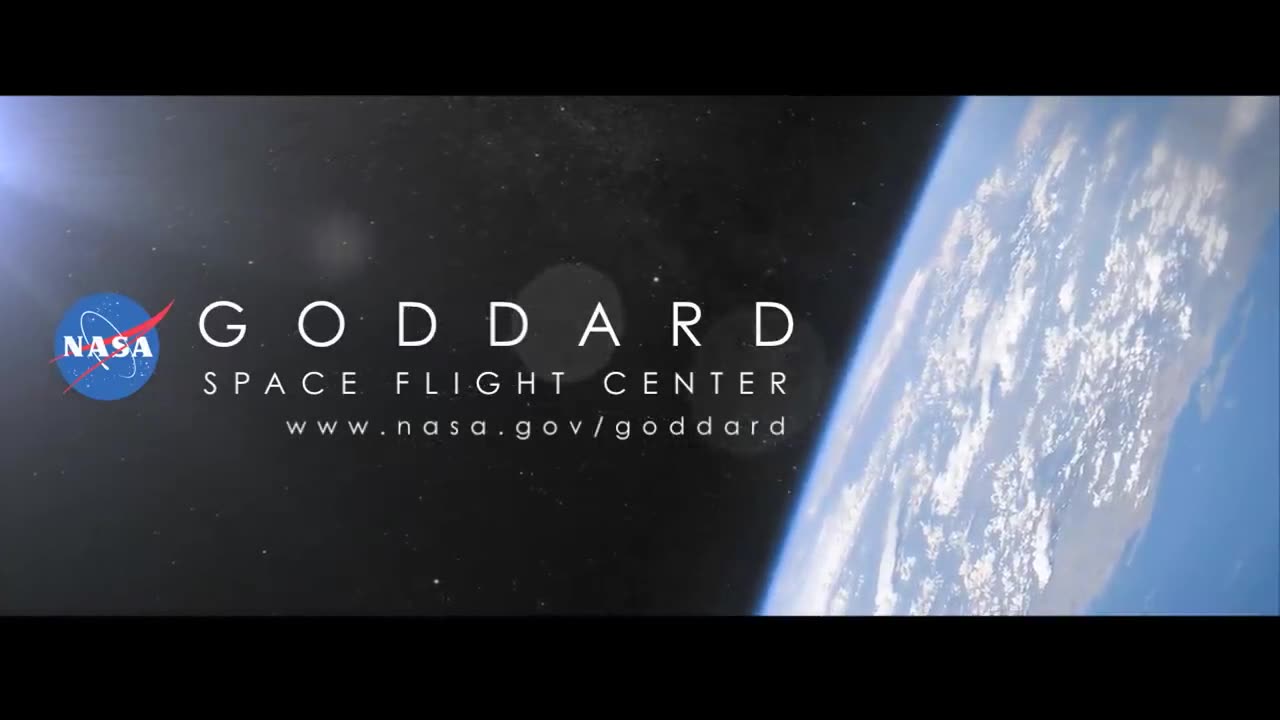Premium Only Content

A Decade of Sun - NASA
As of June 2020, NASA’s Solar Dynamics Observatory — SDO — has now been watching the Sun non-stop for over a full decade. From its orbit in space around the Earth, SDO has gathered 425 million high-resolution images of the Sun, amassing 20 million gigabytes of data over the past 10 years. This information has enabled countless new discoveries about the workings of our closest star and how it influences the solar system.
With a triad of instruments, SDO captures an image of the Sun every 0.75 seconds. The Atmospheric Imaging Assembly (AIA) instrument alone captures images every 12 seconds at 10 different wavelengths of light. This 10-year time lapse showcases photos taken at a wavelength of 17.1 nanometers, which is an extreme ultraviolet wavelength that shows the Sun’s outermost atmospheric layer — the corona. Compiling one photo every hour, the movie condenses a decade of the Sun into 61 minutes. The video shows the rise and fall in activity that occurs as part of the Sun’s 11-year solar cycle and notable events, like transiting planets and eruptions. The custom music, titled “Solar Observer,” was composed by musician Lars Leonhard (https://www.lars-leonhard.de/).
While SDO has kept an unblinking eye pointed towards the Sun, there have been a few moments it missed. The dark frames in the video are caused by Earth or the Moon eclipsing SDO as they pass between the spacecraft and the Sun. A longer blackout in 2016 was caused by a temporary issue with the AIA instrument that was successfully resolved after a week. The images where the Sun is off-center were observed when SDO was calibrating its instruments.
SDO and other NASA missions will continue to watch our Sun in the years to come, providing further insights about our place in space and information to keep our astronauts and assets safe.
Some noteworthy events appear briefly in this time lapse. Use the time links below to jump to each event, or follow the links to more detailed views.
6:20 June 7, 2011-- A massive prominence eruption explodes from the lower right of the Sun. See the video:
• NASA | Massive Solar Eruption Close-up https://svs.gsfc.nasa.gov/10801
12:24 June 5, 2012-- The transit of Venus across the face of the Sun. Won’t happen again until 2117. See the video:
• NASA | SDO's Ultra-high Definition Vi... https://svs.gsfc.nasa.gov/10996
13:06 July 19, 2012-- A complex loop of magnetic fields and plasma forms and lasts for hours. See the video:
• NASA | Fiery Looping Rain on the Sun https://svs.gsfc.nasa.gov/11168
13:50 Aug. 31, 2012-- The most iconic eruption of this solar cycle bursts from the lower left of the Sun. See the video:
• NASA | Magnificent Eruption in Full HD https://svs.gsfc.nasa.gov/11095
20:25 Sept. 29, 2013-- A prominence eruption forms a long 'canyon’ that is then covered with loops of plasma. See the video:
• NASA | Canyon of Fire on the Sun https://svs.gsfc.nasa.gov/11379
26:39 Oct. 8, 2014-- Active regions on the Sun resemble a jack o’ lantern just in time for Halloween. https://svs.gsfc.nasa.gov/11711
36:18 May 9, 2016-- Mercury transits across the face of the Sun. Smaller and more distant than Venus it is hard to spot. See the video:
• 2016 Mercury Transit in 4K https://svs.gsfc.nasa.gov/12235
43:20 July 5, 2017-- A large sunspot group spends two weeks crossing the face of the Sun. See the video:
• Two Weeks in the Life of a Sunspot https://svs.gsfc.nasa.gov/12105
44:20 Sept. 6, 2017-- The most powerful sequence of flares during this solar cycle crackle for several days, peaking at X9.3. See the video:
• September 2017 Starts With Flare https://svs.gsfc.nasa.gov/12706
57:38 Nov. 11, 2019-- Mercury transits the Sun once more for SDO. The next transit won’t be until 2032. See the video:
• Mercury Transit 2019 - 4K https://svs.gsfc.nasa.gov/13425
Read more: https://www.nasa.gov/feature/goddard/...
Music: "Solar Observer" written and produced for this video by Lars Leonhard (https://www.lars-leonhard.de/)
Video credit: NASA's Goddard Space Flight Center/SDO
Scott Wiessinger (USRA): Lead Producer
Tom Bridgman (GST): Lead Data Visualizer
Mara Johnson-Groh (Wyle Information Systems): Lead Science Writer
This video is public domain and along with other supporting visualizations can be downloaded from NASA Goddard's Scientific Visualization Studio at: https://svs.gsfc.nasa.gov/13641
If you liked this video, subscribe to the NASA Goddard YouTube channel:
/ nasagoddard
Follow NASA’s Goddard Space Flight Center
· Instagram http://www.instagram.com/nasagoddard
· Twitter http://twitter.com/NASAGoddard
· Twitter http://twitter.com/NASAGoddardPix
· Facebook: http://www.facebook.com/NASAGoddard
· Flickr http://www.flickr.com/photos/gsfc
-
 1:02:24
1:02:24
Man in America
8 hours agoThe Final Battle: Nanotech, Transhumanism & the War for Your Soul w/ Dr. Ed Group
29.5K3 -
 39:56
39:56
Sarah Westall
2 hours agoUpcoming World Wide Economic Collapse/Deep Recession & What the Big Money is Doing w/ Ed Dowd
21.6K4 -
 2:52:55
2:52:55
Barry Cunningham
4 hours agoIT'S MOVIE NIGHT WITH BARRY!
34.5K23 -
 31:05
31:05
The Why Files
2 days agoPeru's Most Terrifying Mystery | The Face Peelers
40.3K41 -
 1:32
1:32
Gaming on Rumble
12 hours agoWhat is the Rumble Creator Program?!?! | Lvl UP
29.1K4 -
 1:50:49
1:50:49
Flyover Conservatives
1 day ago9/11 on Steroids: What’s Coming This Fall? - Bo Polny | FOC Show
40.6K7 -
 1:01:28
1:01:28
Precision Rifle Network
9 hours agoS4E27 Guns & Grub - Let's Talk About Gas Guns
21.8K1 -
 59:29
59:29
The Charlie Kirk Show
5 hours agoTHOUGHTCRIME Ep. 96 — The Great Flag Burning Debate
48.5K34 -
 57:56
57:56
The Mel K Show
5 hours agoMel K & General Mike Flynn | Betrayal of a Nation: Soros’ NATO World Order | 8-28-25
30.3K27 -
 2:13:31
2:13:31
Joker Effect
4 hours agoInterviewing BEN JAMMINS! A personality with over 1 BILLION gif views. Let's give him a warm welcome
15.6K1